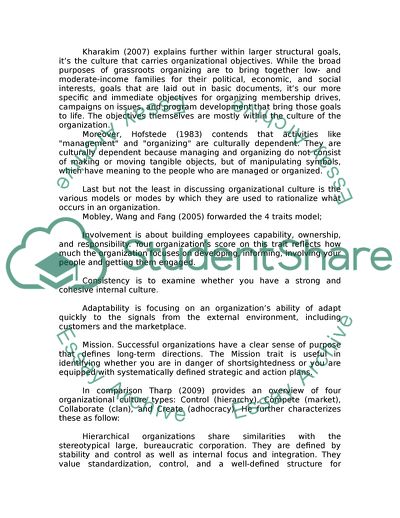Cite this document
(General Nature of Organizational Culture Coursework, n.d.)
General Nature of Organizational Culture Coursework. https://studentshare.org/culture/1745552-performance-case-study
General Nature of Organizational Culture Coursework. https://studentshare.org/culture/1745552-performance-case-study
(General Nature of Organizational Culture Coursework)
General Nature of Organizational Culture Coursework. https://studentshare.org/culture/1745552-performance-case-study.
General Nature of Organizational Culture Coursework. https://studentshare.org/culture/1745552-performance-case-study.
“General Nature of Organizational Culture Coursework”. https://studentshare.org/culture/1745552-performance-case-study.


